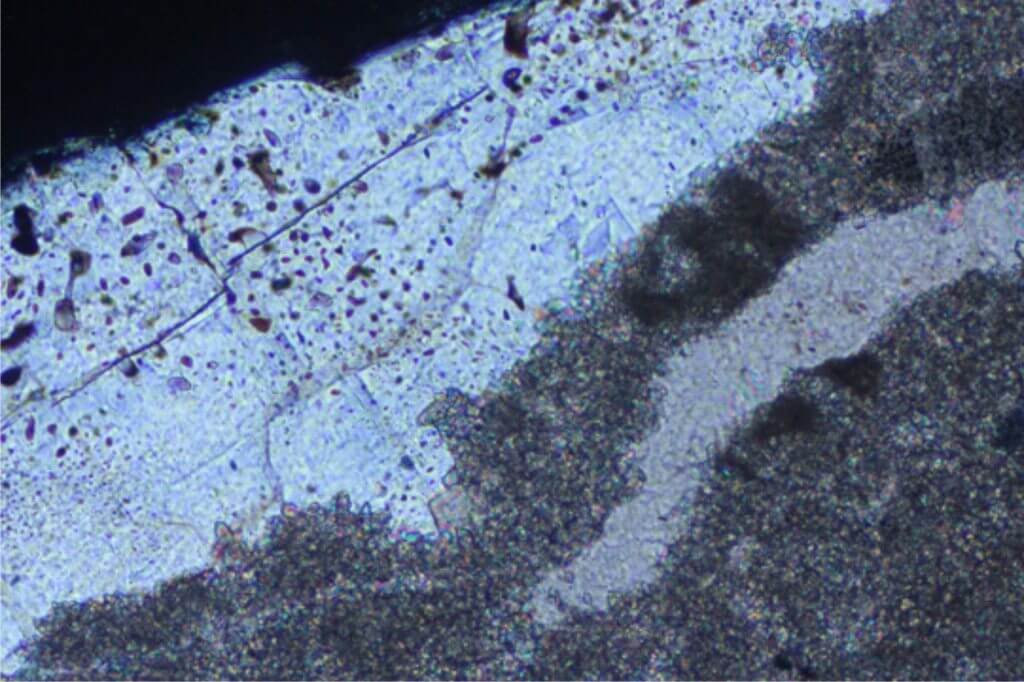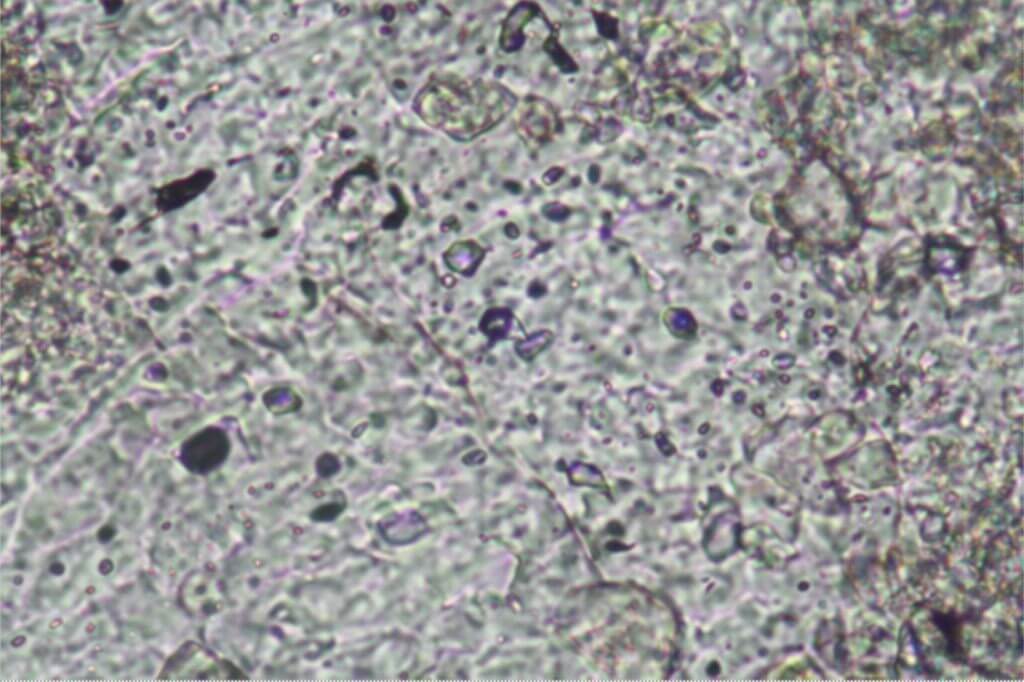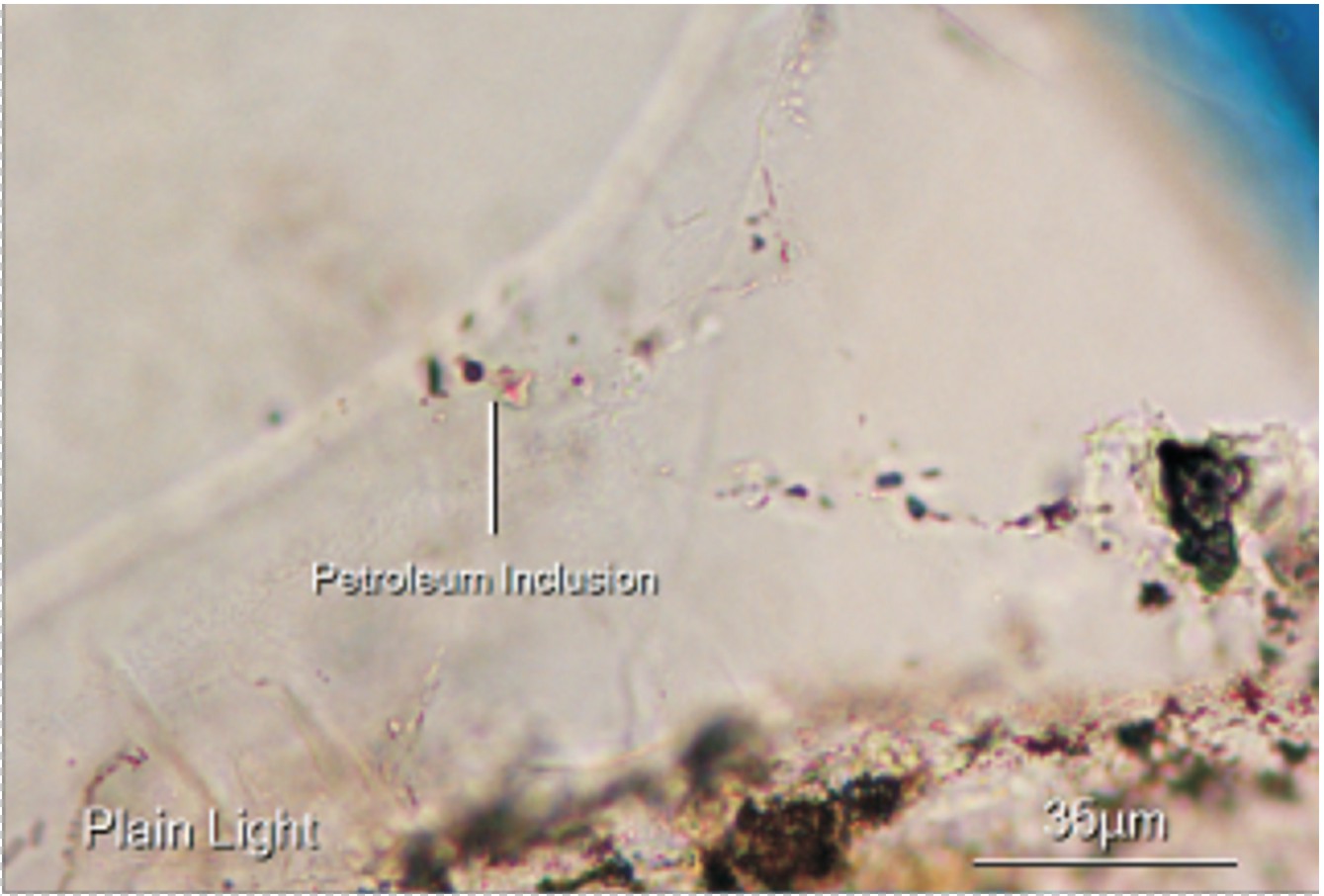Fluid inclusion analysis
Fluid inclusion analysis
Fluid inclusion (FI) analysis is a technique which allows the salinity and temperature of cement parent-fluids to be precisely determined. Some of the main applications to petroleum geology are:
-
determination of pore-fluid history and diagenetic environment
-
determination of burial depth and absolute age of diagenetic events (when coupled with geothermal gradient and burial history data)
-
improved understanding of the timing of hydrocarbon migration/charging (where petroleum inclusions co-occur with aqueous inclusions) and information on hydrocarbon type
-
discrimination of seawater dolomite (low temperature, salinity ~3.5%), mixing-zone dolomite (low temperature, brackish salinity), near-surface evaporative dolomite (low temperature, high-salinity) and burial dolomites (high temperature, typically high salinity)
Oolithica has an in-house USGS-Reynolds Fluid Inclusion System, mounted on an Olympus microscope fitted with specialized ultra-long working distance objectives.
Petroleum fluid inclusions associated with oil column breaching. An early phase of quartz overgrowth is fractured and lined with petroleum rich inclusions, prior to re-cementation by further quartz cement.
Mouseover image is taken under UV light and shows the oil inclusions with yellow fluorescence. The fluorescence colour can be used to determine the API of the oil within the inclusions.



